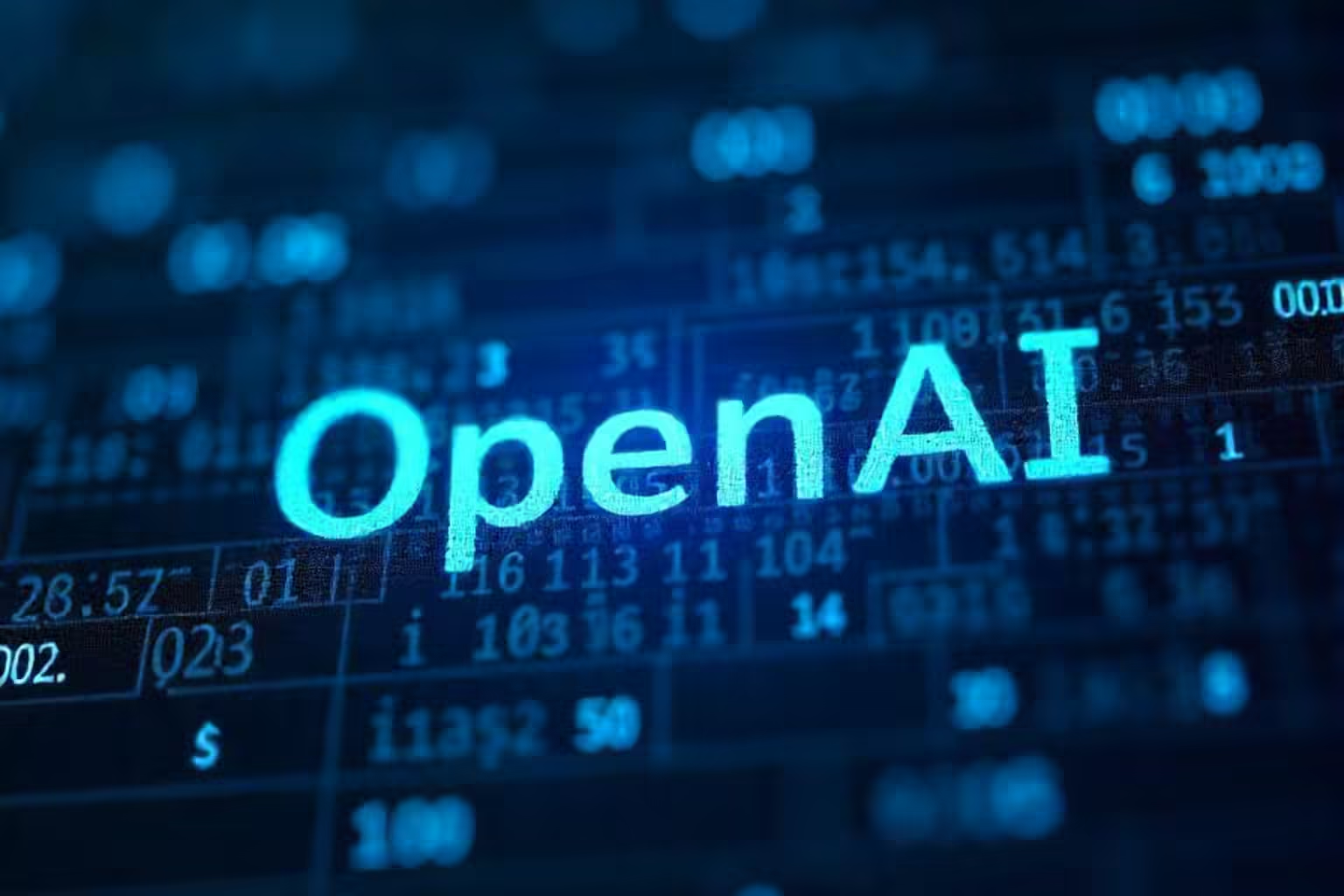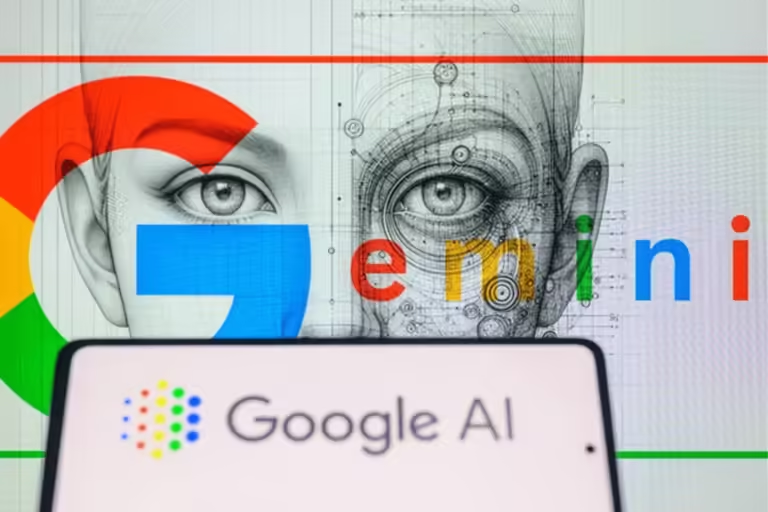
OpenAI Unveils Revolutionary Swarm AI: 3 Powerful Tools for Multi-Agent Systems
OpenAI’s Swarm is a big step towards making advanced AI systems easier for more developers to use.
As the field of artificial intelligence (AI) changes quickly, one of the most important problems that writers have to solve is how to coordinate complex systems with many agents. Coordinating, controlling, and expanding these systems that use various AI agents that work together often proves to be very hard. The current options are usually big and need a lot of resources, which makes deployment and testing harder.
When OpenAI releases the Swarm Framework, it’s meant to make multi-agent management easier to understand. Swarm is an experimental system that aims to make testing, coordinating agents, and running tasks very light and easy to manage.
The goal is to give developers the tools they need to easily and effectively handle interactions between different AI agents. This framework has been in the works for months, and OpenAI is now excited to share it with the public. They hope that the AI community will use it as a useful resource for creating advanced AI systems.
The two basic ideas that make up Swarm that make it so useful are agents and handoffs. In Swarm, an agent is a set of clear instructions and tools that a node can use to complete a job. An agent can “hand off” a conversation or job to another agent at any point in the process. This makes the orchestration smooth and flexible.
This abstraction not only lets different agents connect in complex ways, but it also keeps tight control over how everything works together. Swarm is a system that makes it easy to test because it uses these parts to keep the coordination and execution processes light. Additionally, Swarm is based on ChatCompletions, which gives it a strong and flexible base that lets devs build and use multi-agent systems without adding extra work.
A lot of things make the Swarm Framework important. To begin, it makes it easier for workers to talk to each other and share tasks between them on the fly. In situations where different AI agents are good at different jobs and need a smooth and organized way to hand off, this is very important. Because Swarm isn’t too heavy, developers can easily test, tweak, and make multi-agent setups better without having to deal with complicated infrastructure needs.
Swarm is also very easy to control, which makes it a great choice for researchers and developers who want to make sure that AI agent coordination is reliable and effective. Because it keeps things simple, easy to handle, and effective, Swarm is a big step towards making advanced AI systems easier for more developers to use.
In conclusion, OpenAI’s Swarm Framework focusses on making multi-agent systems easier to manage and simpler to use in order to solve big problems in the field of coordination. With Swarm, multi-agent orchestration is not only possible, but also useful for many different types of tasks. This is because it provides a simple framework based on agent exchanges and task handoffs. Multi-agent systems will remain an important part of AI study and applications. Tools like Swarm will make them easier to use and lower the barriers to entry, which will lead to the creation of more robust and flexible AI solutions. For research, product development, or educational reasons, Swarm is a fun way to explore the possibilities of coordinated, multi-agent AI in a streamlined and efficient way.


